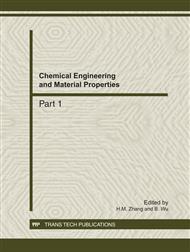p.559
p.564
p.569
p.575
p.580
p.585
p.590
p.595
p.600
Effect of Material and Pin Surface on Vertical Force in Friction Stir Welding
Abstract:
The information about the effect of material and pin surface on the vertical force in friction stir welding was collected and analyzed. The results shown that the vertical force experienced a steady process when tool was moving steadily in the workpiece; The vertical force in steady state was impacted by material, because the thermal and mechanical properties of different material were not same. The vertical force was the greatest when welding TC4 (about 8.40 KN), and the vertical force was greater when welding T2 (about 7.35 KN) than welding LY12 (about 3.10 KN). Pin surface also affected the vertical force; because threads generated forces when tool rotating in the workpiece. The vertical force was greater by using column pin with left thread (about 3.48 KN) than by using column pin with right thread (about 3.09 KN), and the vertical force was median (about 2.60 KN) by using column pin without thread.
Info:
Periodical:
Pages:
580-584
Citation:
Online since:
December 2011
Authors:
Keywords:
Price:
Сopyright:
© 2012 Trans Tech Publications Ltd. All Rights Reserved
Share:
Citation:


